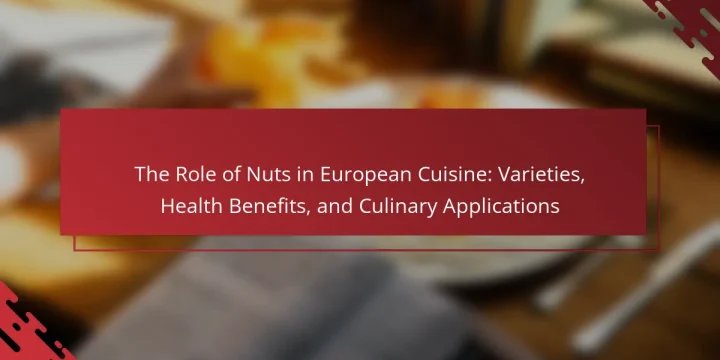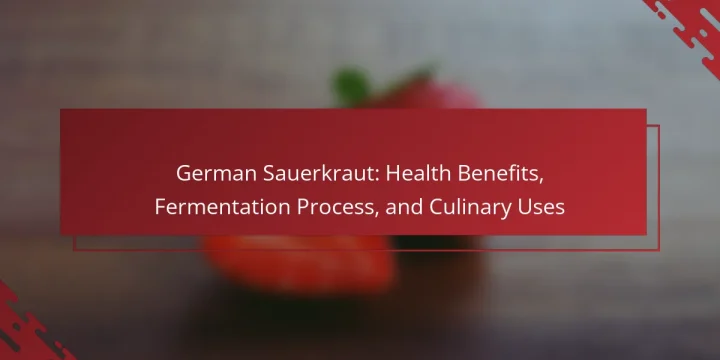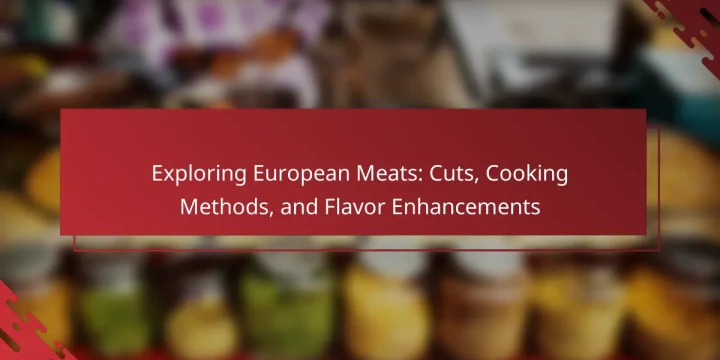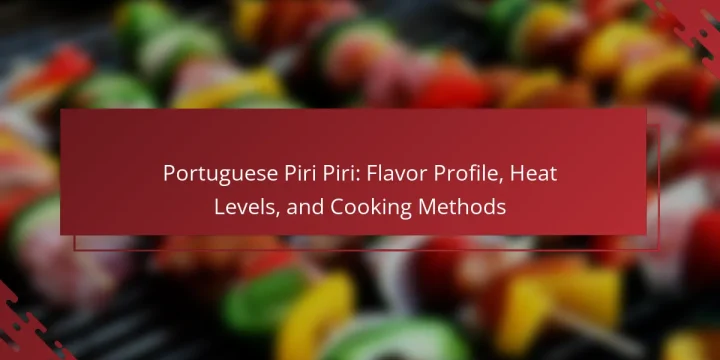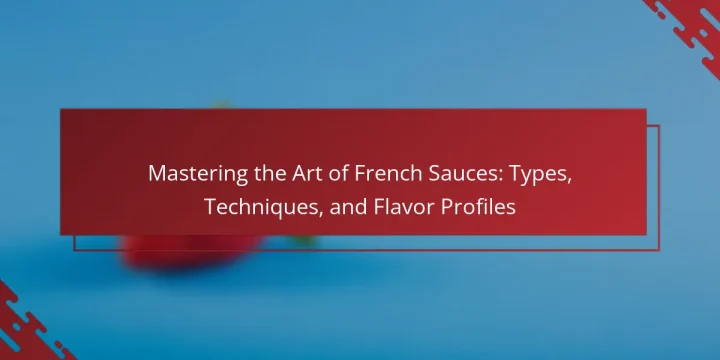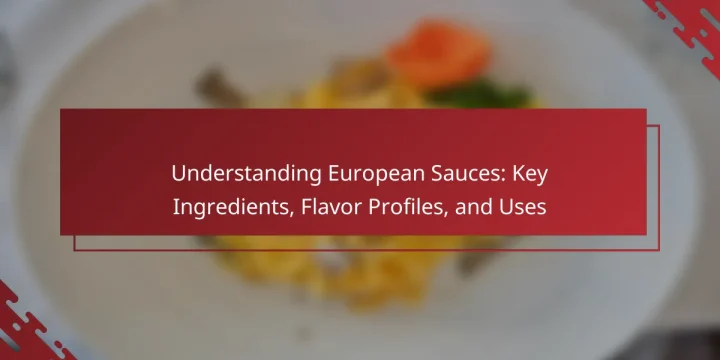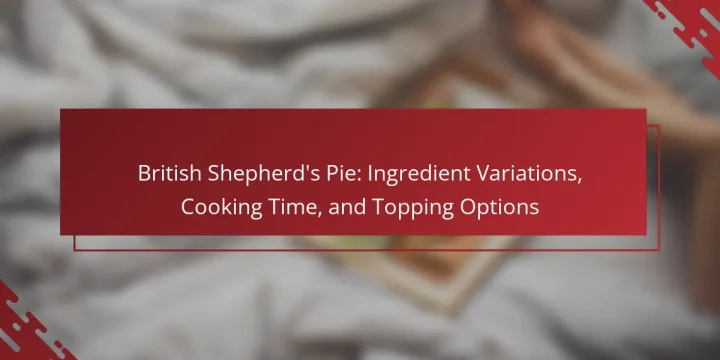
British Shepherd's Pie is a traditional British dish composed of minced lamb and vegetables, topped with creamy mashed potatoes. This dish typically features ingredients such as carrots, peas, and onions, which are cooked with the meat before being baked until golden brown. Variations of Shepherd's Pie include different meats like ground beef or turkey, as well as vegetarian options using lentils or mushrooms. Common cooking methods involve baking at 400°F (200°C) for 25 to 30 minutes, with several topping options available, including sweet potatoes and cheese, enhancing its flavor and texture. The article will explore these ingredient variations, cooking times, and topping options in detail. What is British Shepherd's Pie? British Shepherd's Pie is a traditional British dish made from minced lamb and vegetables, topped with mashed potatoes. The dish…
